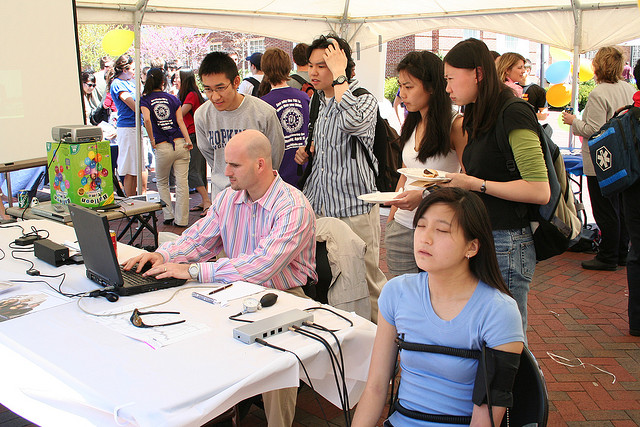With 24% of drivers saying it's fine to pad a claim to cover a deductible, smartphone-based UBI provides a way to discern the truth.
The California district attorney offices in 22 counties recently filed 171 felony and 28 misdemeanor
charges against 187 people for alleged auto fraud involving 40 insurance companies. While these numbers are staggering, the truth is that 49 other states could probably do the same.
Insurance fraud is becoming more of a norm than an exception, particularly in the wake of a shaky economy. In fact, 24% of those polled by the
Insurance Research Council said it’s acceptable to pad an insurance claim to make up for a deductible, and 18% said it’s okay to pad a claim to make up for premiums paid in the past!
In auto insurance, fraud involves several little white lies, including:
- Falsifying the garaging address
- Underestimating annual miles driven
- Omitting some drivers in the household
- Overstating the extent of damages when filing claims
- Fudging when and how an accident occurred
- Forgetting to report changes that may affect applied discounts. According to a 2010 report by Quality Planning, premium leakage cost auto insurers $15.9 billion in 2008. False reporting of vehicle rating factors, including annual mileage and rated territory, accounted for $6.5 billion in lost premium. Driver rating factors, such as unrated operators, accounted for $8.9 billion.
Fortunately, through smartphone-based usage-based insurance (UBI), auto insurers finally have a way to deter and detect fraud, and to recapture a portion of the dollars lost to premium leakage. Here are some reasons:
- First and foremost, usage-based insurance has a built-in deterrence factor. Those who are more prone to fraudulent activity are least likely to sign up. Therefore, the quality of your policyholder pool naturally improves as a byproduct of UBI.
- False garaging addresses are easy to detect thanks to the GPS element of a smartphone UBI platform.
- Annual mileage driven becomes a non-issue because the usage based insurance app periodically communicates with the vehicle’s odometer.
- Certain smartphone UBI apps develop driver signatures over time and are able to detect when other people are driving by comparing current driving behavior to the normal policyholder driving behavior. This capability could flag the possibility of unreported drivers.
- Smartphone UBI apps also detect hard braking and sharp cornering events, as well as a vehicle’s geographical location at any given time. This data could be used to corroborate a policyholder’s claim. For example, if a policyholder says a tree limb hit his car in his driveway at 9:09 p.m., but the UBI data shows that the car had a hard braking event that occurred 22 miles away from home at 9:09 p.m. on the date of the reported damage, further investigation may be warranted.
As you calculate the potential costs and returns of usage based insurance, make sure to include the potential impact of fraud reduction in your equation. That figure could be just as important as the new market share you plan to attract.








